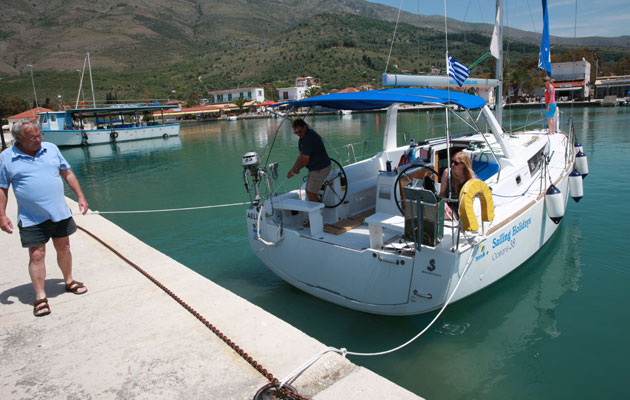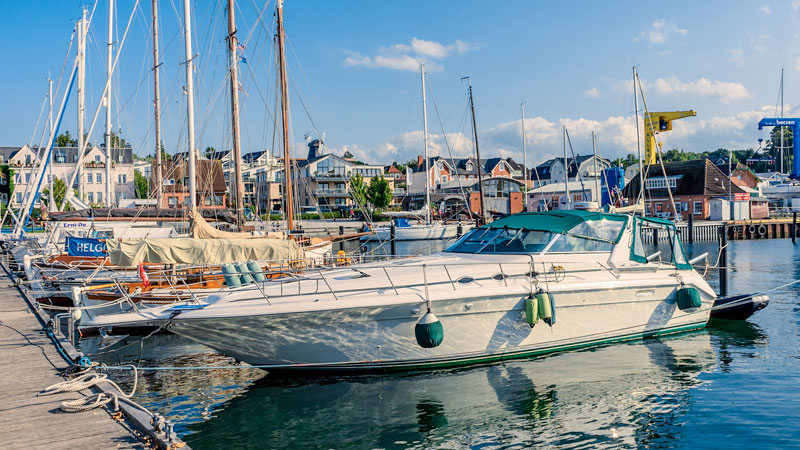You have achieved so much so far, you have built your own business, automated it, and let it run by itself, and now you finally decided to spend what is left of your life to relax and enjoy a boat trip with your family on your private yacht. Or you just bought a boat and aren’t sure how to dock this thing. Then this is for you if you are Malaysian, the mooring systems for beginners, mooring system Malaysia people often use.
What is a mooring system?
A mooring system consists of a mooring line, anchor, and connectors used for station keeping of boats, ships, or floating platforms in various water depths. For the mooring line to be strong enough before all kinds of tension from stretches and pulls. They can be made up of synthetic fiber rope, wire, chain, or a combination of all three. The most popular choice for permanent shallow water moorings – up to 100 m – is chain. Steel wire rope is more commonly used in water depths greater than 300 m due to its lightweight and higher elasticity than chain. But that is nothing compared to synthetic fiber rope as they are the lightest of all three.
A combination of all three materials – chain, steel wire, and synthetic rope – will take place in ultra-deep water of greater than 2,000 m.
Types of mooring
There are three types of mooring types: stern-to, bow-to, and side-on mooring. Each has its distinctions with pros and cons that are suitable for each type of boat and the functions required for a mooring system Malaysia boats usually use.
Stern-to mooring

A classic mooring style commonly used by boat owners for ease of boarding as the boat is accessible at the dock. The first step is to reverse the boat into the quay and throw the stern lines to another person on shore to secure it to the cleats. If you don’t have one, ask someone to swim on shore and help you, or just simply get the boat close enough and get the rope on that pillar by yourself. Finally, you then will have to recover the mooring posts which will be used for lazy lines to the bow. Make sure to keep enough space between your boat and the dock for the stern to maneuver. Since the boat is reversed, waves and wind could force the stern into the quay without providing any pulling power due to the inertial motion of the bow.
However, this method is not suitable for a windy day with strong lateral wind guts. Moreover, make sure to have enough space upwind too. In case you are having a sailboat, ensure to know how deep the mooring posts of the neighboring boats are. This will prevent any unwanted crashes during the maneuver.
Bow-to mooring

This is the method where the bow is in direct connection with the quay, and the maneuvering process is fairly painless. You don’t have to reverse your boat before getting into the berth, instead, you should let the boat maintain its speed after the engine is off. This will allow the bow to not be misaligned to the stern. Some of the Now-to moorings include providing more privacy in terms of the cockpit and cabin as these areas are not visible to people on the quay.
Nonetheless, the Bow-to mooring will cause some troubles when getting on or off the boat due to the limited narrow space of the bow and often rise higher than the quay.
Side-on mooring

Side-on mooring consists in exposing one slide of your boat to the quay. Fore and aft mooring lines but be secured to the quay and complemented by some spring lines to avoid both bow and stern from dangerously approaching the quay. Additionally, people’s uses of fenders are encouraged, especially during strong undertow or absence of mooring posts
There will be no difficulties in taking on passengers or materials because the boat will stay very close to the quay. Getting in and off your berth will be very easy if there are no other boats fore and aft.










